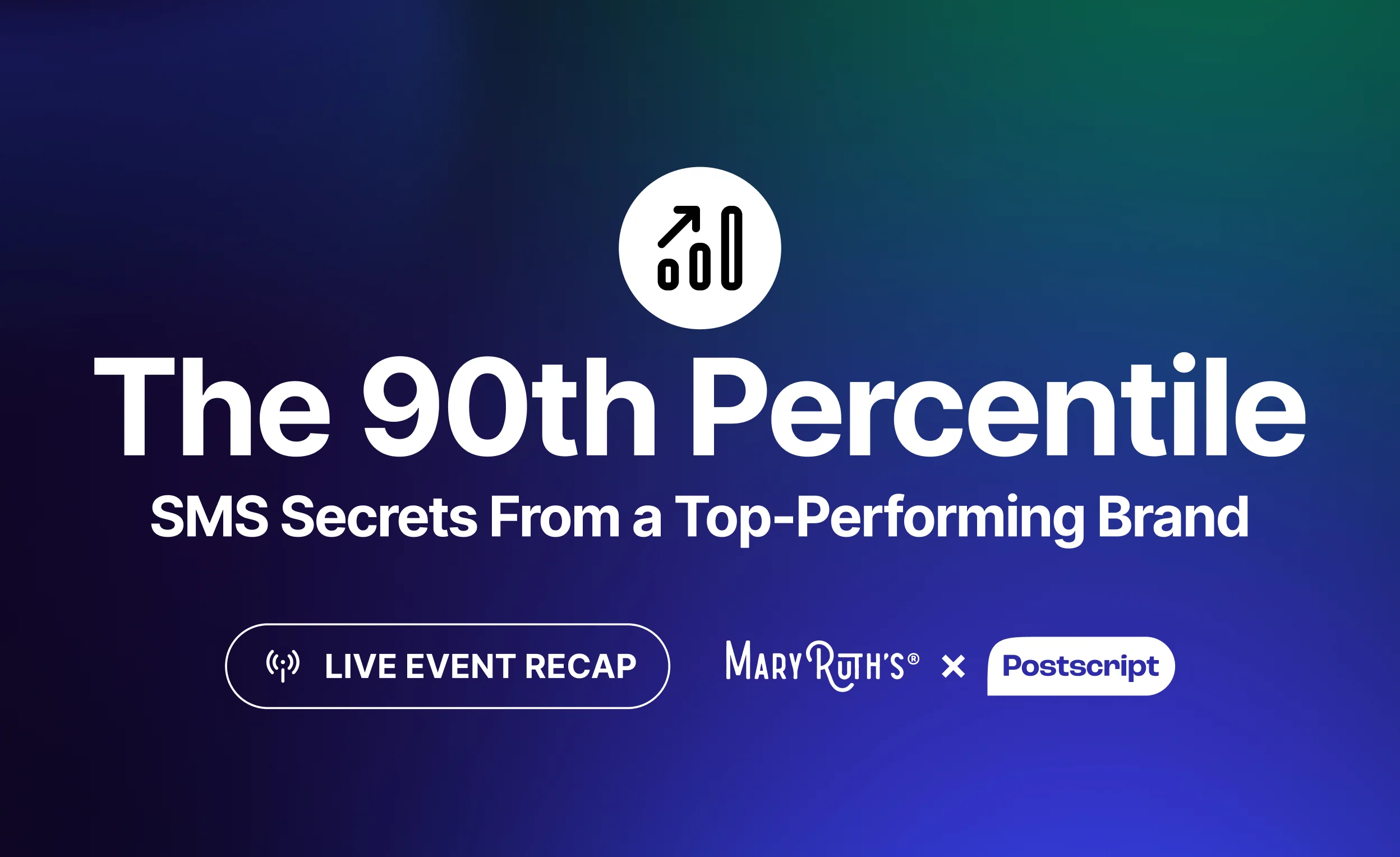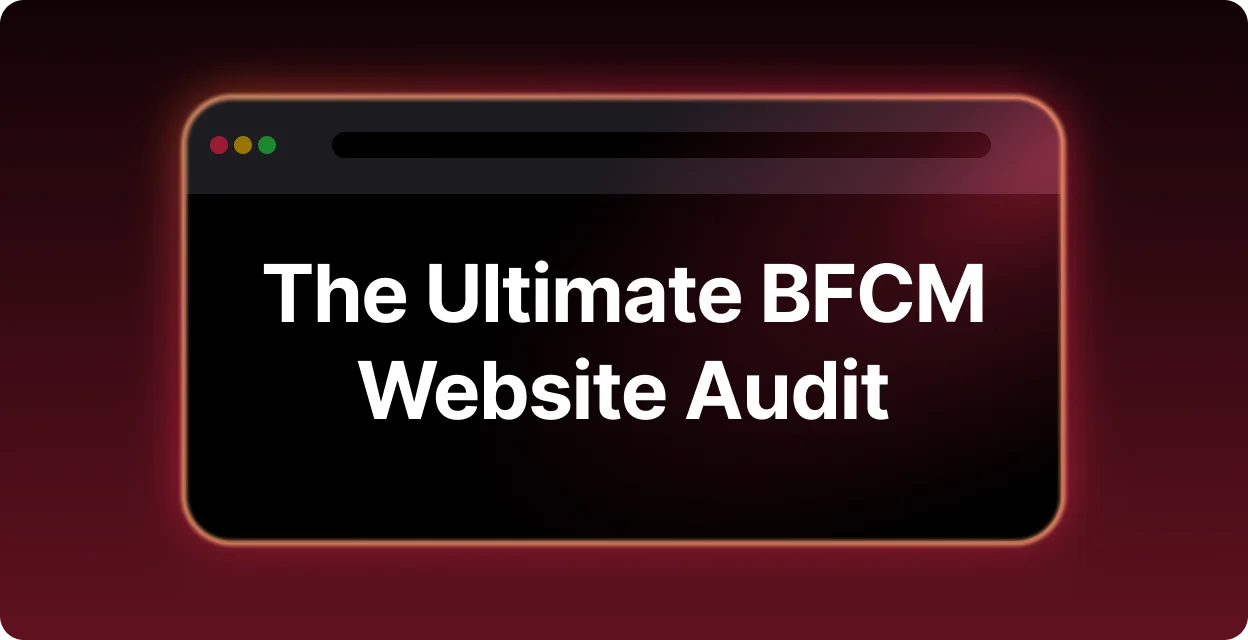
5 Easy Loyalty Marketing Strategies to Boost Your Ecommerce Sales
Here’s some food for thought. The probability of selling to a new customer is around 5% to 20%, but the probability of selling to an existing customer is 60% to 70%. This means that repeat customers are necessary for ecommerce growth.
Here’s where loyalty marketing comes into play—and it’s a completely different ballgame from marketing for acquisitions.
What is loyalty marketing?
Customer loyalty is a customer’s willingness to buy from you again—usually because they love the product or they’ve had a great experience with your brand.
Based on this definition, loyalty marketing is a strategy that centers on customer retention. This includes incentivizing purchases by offering gifts, rewards, and discounts.
Why should your ecommerce business invest in loyalty marketing?
It turns out that existing customers are also 50% more likely to try your new products, and they’ll spend 31% more than new customers. In apparel, a buyer’s fifth purchase is usually 40% higher in value than their first purchase. That’s music to a marketer’s ears.
However, the average American business loses around 30% of its customers each year. So, brands have to constantly make up for customer churn. There has to be a continuous influx of revenue to replace lost business—and this can come from both new and existing customers.
Increasing your loyal customer base is not as difficult as it seems. You just need the right strategies to guide your existing customers from making their first purchase to coming back and purchasing time and time again.
5 Beginner Loyalty Marketing Strategies for Ecommerce Growth
Here are a few strategies you can integrate into your overall marketing plan to kickstart your loyalty marketing efforts.
Set up email and SMS flows for each stage of the customer journey.
The best thing about owned marketing is that it can create personalized experiences for users across different touchpoints. In short, email and SMS are the best channels for creating stronger relationships with your customers in order to encourage them to buy again.
Brands can deliver personalized but automated customer experiences by creating different workflows.
Beyond a welcome series, the post-purchase flow, and the ever-famous abandoned cart, the sky’s the limit!
For example, you could create a flow to offer an exclusive discount on a customer’s next purchase—one that specifically sends after that customer’s third purchase. You could also insert relevant cross-sells and upsells in the post-purchase flow to get them to keep coming back.
Of course, don’t forget to integrate a regular dose of email newsletters and SMS campaigns. These give you real insights into your customers’ preferences and behavior—so you can personalize their customer journey even more.

Create a VIP experience for your most loyal customers.
Your VIP customers are essentially your highest-converting customers. They are responsible for a huge chunk of your revenue.
So, what’s the best way to show your appreciation for your loyal customers? Giving them exclusive offers—whether it’s early access to sales, loyalty points, or free gifts.
Here are some more examples of what you can include in your VIP program:
Opportunity to earn points with every purchase
Exclusive discounts
Free shipping
Exclusive offers or early access to deals
First access to new products
You might even build a VIP flow that fires off when a customer has reached a specific amount spent over their lifetime.
You can also use flows to promote your VIP program, thus encouraging customers to spend more in order to become part of the elite VIP list. Remember, the FOMO is real!
Use SMS marketing to directly reach your engaged customers faster.
SMS marketing has built a pretty cool reputation in the ecommerce world of late. Text messages average a 98% open rate and a 19% clickthrough rate. Plus, when you use the right SMS marketing strategies, your ROI could go through the roof!
SMS is also a great channel for product launches. Take a look at this case study on how Death Wish Coffee Company uses SMS marketing to pull in a consistent 64x ROI via product launch campaigns.
It’s no longer a question of which channel is better—you’ll harness the real power of both channels when you apply them to different customer journey stages and various touch points.

Take a look at how Chronos used a combination of email and SMS to drive success for Valentine’s Day campaigns. This strategy works wonders forcart abandonment, browse abandonment, and post-purchase nurtures.
But when it comes to sending out workflows or countdowns for upcoming major sale events, SMS notifications do a great job at communicating a sense of urgency.
Create a review and rewards system for a win-win scenario.
Product reviews from buyers have always been effective in boosting sales. So, why not create a “review and rewards” system to encourage your customers to provide reviews in exchange for rewards?
Requests for reviews are usually part of the post-purchase email workflow. However, inboxes are getting crowded, so it’s becoming harder to get reviews from buyers.
Here’s where you can explore using SMS reminders. 90% of text messages are opened within the first three minutes of delivery. Plus, it’s easier for customers to leave reviews using their mobile phones, because they can do it anywhere.
Don’t forget to come up with a reward scheme so the whole review process is a pleasant experience for your customers. If you dangle 20 points for every review left for rewards members, you’ll see an instant spike in collection—guaranteed.
Incentivize creators of user-generated content (UGC).
Because UGC can be repurposed into paid ads and organic content, it’s only right to incentivize customers who take the time to create it. It’s a sure-fire way of maintaining tight relationships, which will only fuel their loyalty to your brand.
Aside from using UGC in your social media content, try featuring your customers in your newsletters, too. This will also give them a sense of pride and belonging.
Finally, don’t forget to reward your customers who regularly provide you with UGC so they are encouraged to create more. In a sea of ecommerce brands, it’s your relationship with your customers that will help you stand out.
Your ecommerce success should not end with one purchase.
Around 80% of your future profit will come from 20% of your customers. To ensure sustainable ecommerce growth, loyalty marketing is definitely something you have to work on.
Hopefully, these five tips can give you an idea of where and how to start—but if you need a clearer direction or you want to discuss specifics, feel free to schedule a strategy call with one of our lifecycle marketing experts.
Big thanks to our friends at Chronos Agency for this post. Schedule a complimentary strategy session with their team here if you want to learn how to maximize your brand’s marketing strategy.



